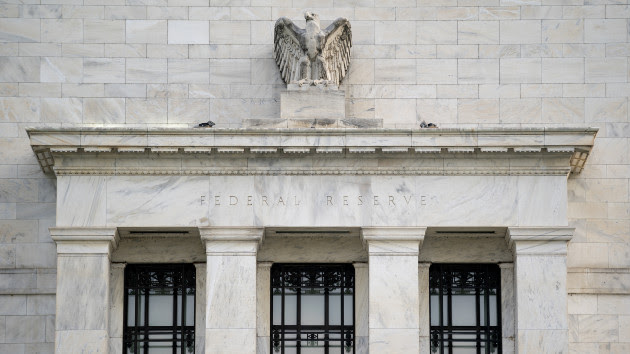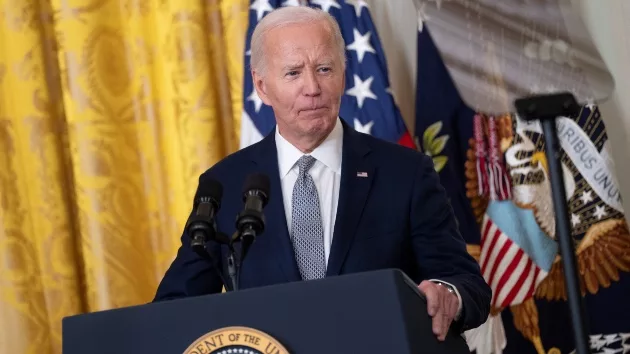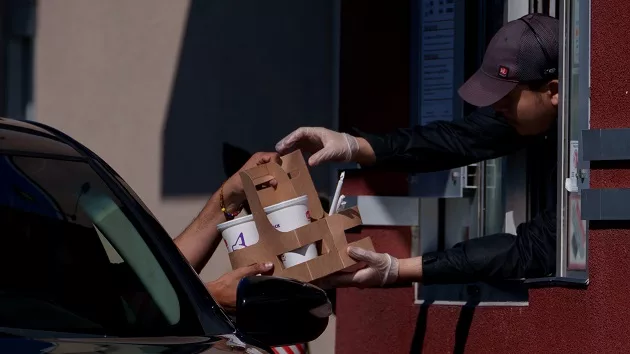
(WASHINGTON) — The Federal Reserve was aware of risks to Silicon Valley Bank more than a year before its collapse, ABC News confirmed on Monday following a New York Times report.
Even more, ABC News has confirmed a Wall Street Journal report that the Fed cited risks to Silicon Valley Bank’s management as early as 2019 — four years before the bank’s collapse.
In all, the Fed cautioned the bank about its concerns on several occasions, ABC News confirmed.
In a 2021 review, the Fed identified significant vulnerabilities in the bank’s containment of risk, but the bank did not rectify the weaknesses.
The Federal Reserve of San Francisco, a regional entity that supervised Silicon Valley Bank, slapped the bank with six citations, including a note on the bank’s failure to retain enough accessible cash for a potential downturn, according to the Times and confirmed by ABC News.
The following year, in July 2022, Silicon Valley Bank received a closer look known as a full supervisory review, which rated the bank deficient for governance and controls.
Last fall, employees at the Federal Reserve of San Francisco met with top officials at the bank to address the lack of accessible cash and the potential risks posed by rising interest rates. Former Silicon Valley Bank CEO Greg Becker sat on the board of directors at the Federal Reserve Bank of San Francisco from January 2019 until the day of the bank’s collapse on March 10.
Details about the Fed’s conduct toward Silicon Valley Bank over the past two years were first reported by the New York Times and confirmed by ABC News. Silicon Valley Bank did not immediately respond to ABC News’ request for comment.
The Fed’s warnings proved prescient earlier this month, when the collapse of Silicon Valley Bank marked the second-biggest bank failure in U.S. history.
The bank’s deposit base, which draws heavily from startup firms in the technology industry, tripled in size during the pandemic-era tech boom between 2020 and 2022.
Rather than invest all of the deposits into other startups or venture firms, the bank placed a sizable share of the funds into long-term Treasury bonds and mortgage bonds, which typically deliver small but reliable returns amid low interest rates.
In short order, however, the low-interest rate environment evaporated. Over the last year, the Federal Reserve raised its benchmark interest rate 4.5%, the fastest pace since the 1980s.
The sudden spike in interest rates dropped the value of Silicon Valley Bank’s Treasury bonds and mortgage bonds, punching a hole in its balance sheet.
Two weeks ago, when Silicon Valley Bank announced it had lost $1.8 billion on the sale of those distressed bonds, major depositors withdrew their funds, prompting others to follow in quick succession.
The bank failed to generate enough cash to meet the demand of depositors seeking funds — a spiral downward that shuttered the bank in less than 48 hours.
The Fed is currently conducting an internal review of how it supervised and regulated Silicon Valley Bank, officials said. Those findings will be publicly released May 1.
Copyright © 2023, ABC Audio. All rights reserved.








